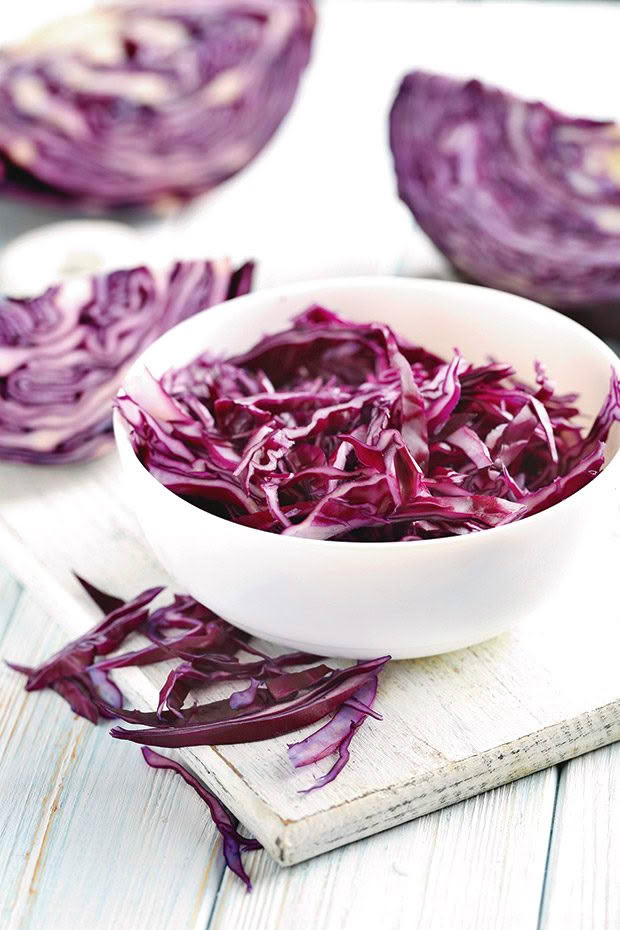7 garden tips for bountiful winter harvest
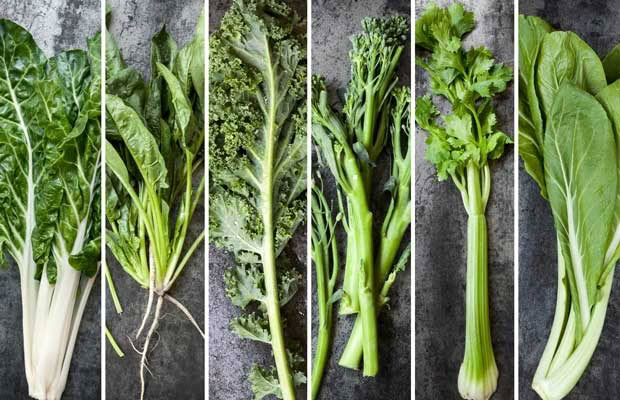
Growing an abundance of fresh food during winter may sound difficult, but it is possible, even in colder regions.
Words: Jane Wrigglesworth
A productive winter garden needs good planning and preparation, but get it right and you can be harvesting something fresh and delicious until next summer’s crops are ready.
1. THE RIGHT LOCATION
As the seasons change, so too should the position of garden beds. Areas that were in full sun during summer may be in partial or full shade during winter. Make careful observation of your winter garden before planting to ensure areas you want to use will receive at least six hours of direct sunlight per day. No matter how green your thumb, the sun – or lack thereof – has a significant impact on the success of winter crops.
You can do a rough calculation of where shadows might reach based on the height of a tree (or building) and the position of the sun in the sky (its altitude angle).
You do this by using a sun chart and a scientific calculator to work out the tangent (or you can ask Google and it will do the calculation for you). For example, a sun chart will tell you the sun’s altitude at noon in Dunedin on June 22 is 20.5°. Compare that with December 22, when it’s 67.5°.
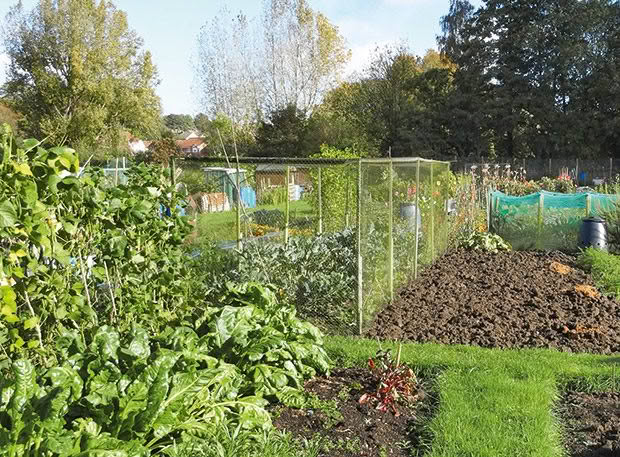
Let’s say you have 10m-high trees on a boundary. Shadows may not be a problem in summer, but will be long in winter. The length of shadow can be roughly estimated by this equation: Height of the tree divided by the tangent (tan) of the altitude of the sun = Length
of shadow
For Dunedin, the equation looks like this: 10m (H) ÷ by 0.37 (the tangent of 20.5°) = 27m (L)
This is only an estimate. If the trees are on a slope, the shadow length will change, but it does give you an idea. The sunniest spots will also need well-draining soil and protection from the elements.
Assess any surrounding trees to determine whether certain spots on your property are exposed to high winds. If trees lack top branches (these will blow out in exposed places) or lean in one direction, it’s a sign the area gets a lot of wind.
2. PROTECTION FROM THE ELEMENTS
If you’re serious about growing over winter, consider investing in a good quality tunnel house or greenhouse that’s made to endure strong winds, heavy frosts, and snow.
If your climate is moderate, you can work with hoops made from PVC pipe. Place these at 100-120cm intervals over a raised bed. Cover the hoops with plastic when temperatures threaten to dip below freezing.
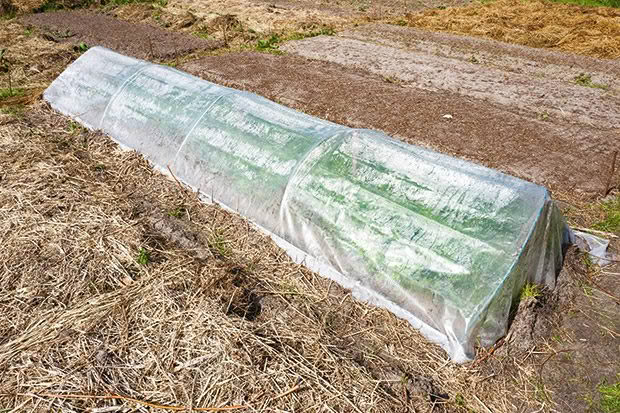
In areas where it snows, you’ll need PVC pipe strong enough to take the weight of the snow. If your chosen area is a particularly windy spot, erect a wind barrier to protect it.
If things get very cold, you can shift a cold frame into your hoop house to provide extra protection from the elements. American farmer and agricultural researcher Eliot Coleman claims each layer of protection effectively moves your garden space 1½ zones. A cold frame inside a hoop house would make it 3 zones warmer.
Find your zone here.
3. WHAT IS YOUR MICROCLIMATE?
Each landscape has its own unique growing environment. This is often why your neighbour can grow gigantic cabbage heads while yours never get bigger than your fist. Selecting winter crops to suit it will enable you to grow more food.
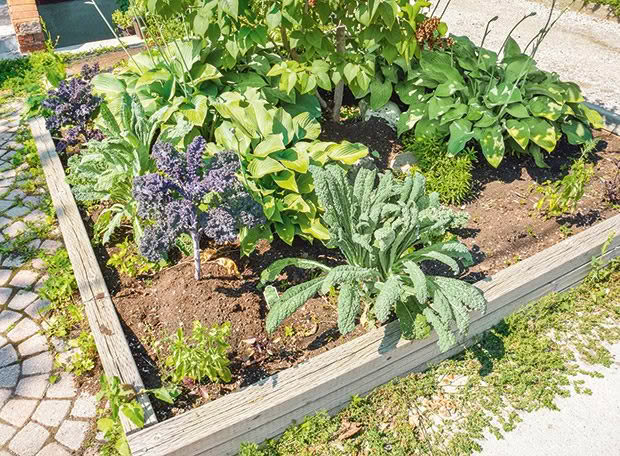
Houses, brick-built structures, paved surfaces, and large rocks can create a microclimate in your garden, absorbing heat during the day and radiating it back at night. A north-facing brick wall, for example, will be consistently warmer during the day and a few degrees warmer at night.
Use rocks or bricks to make raised beds, which will also be warmer than ground-level soil. You could build a brick wall as a wind and frost break.
4. PREPARE THE SOIL
A lot of summer crops will be coming to an end about now. As soon as you remove spent plants, top up garden beds with a 10cm layer of compost and work it into the soil. Water thoroughly and allow it to rest for a couple of days before planting your winter crops.
Well-rotted animal manure is also a good addition. It is an excellent soil conditioner and promotes beneficial microbial activity in the soil.
Making sure both compost and manure is well-rotted is important. Unfinished, carbonaceous compost and raw manure can adversely affect plant growth, demanding (depleting) nutrients from the soil as it breaks down. Worse, the high ammonium levels they generate can burn the roots and kill the plants.
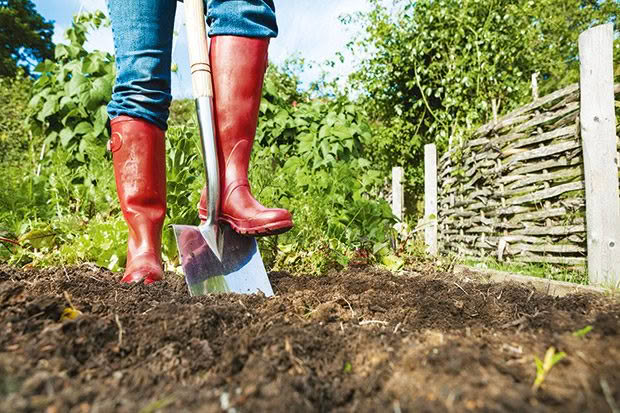
If planting in containers, dump old potting mix out into the compost heap and start with a fresh blend that contains a little compost. If you’re not growing organically, add a tablespoon of slow-release granulated fertiliser to each container and mix into the soil.
In cold areas, the soil in pots can quickly freeze when temperatures dip below 0°C and will need protection. Larger masses of soil, such as in raised beds, retain more heat and are less likely to freeze.
You can pre-warm cold soil for a couple of weeks before transplanting or sowing seeds by laying down clear or black plastic over the top of it.
5. CHOOSE THE RIGHT CROPS TO GROW
This is vital to harvesting the maximum amount of food from your winter garden. Even if you have a temperate climate, warm-season vegetables like tomatoes will not grow well unless inside a heated greenhouse. Even then, they’re unlikely to thrive due to lower sunlight hours.
The best option is to plant cool-season vegetables like cabbages, cauliflower, Brussels sprouts (best for cool regions only), radishes (including daikon), carrots, parsnips, turnips, kohlrabi, broccoli, broad beans, spinach, spring onions, snow peas, bok choy, wong bok, tatsoi, mizuna, mustard greens and kale. If sowing by seed, read the packet to determine how many days from germination until harvest and select vegetable varieties that will mature the fastest.
READ MORE: 7 tips for growing sweet carrots
Winter-hardy lettuces, rocket, lambs lettuce (corn salad), and miner’s lettuce will provide you with fresh salad greens.
In colder regions, beetroot, broccoli, Brussels sprouts, and cabbage need to be planted now, in a soil temperature of at least 15°C.
Bok choy, wong bok, and turnips can be planted in soil temperatures down to 10°C. Rocket, kale, broad beans, parsnips, radishes, and spinach can be planted in soil temperatures down to 4°C.
READ MORE: How to harvest and cook kale
READ MORE: 8 tips for growing and harvesting rocket (arugula)
READ MORE: 5 colourful vegetables to plant in autumn
Jane’s tip: go rainbow
Red or purple-coloured vegetables contain the pigment anthocyanin and are naturally more resistant to rot caused by winter rain. These colourful vegetables are more nutritious than green ones.
6. EXPECT SLOW PRODUCTION
A winter garden will not produce as quickly as a summer garden. Cooler weather slows down plant growth, and only a heated greenhouse will speed things up.
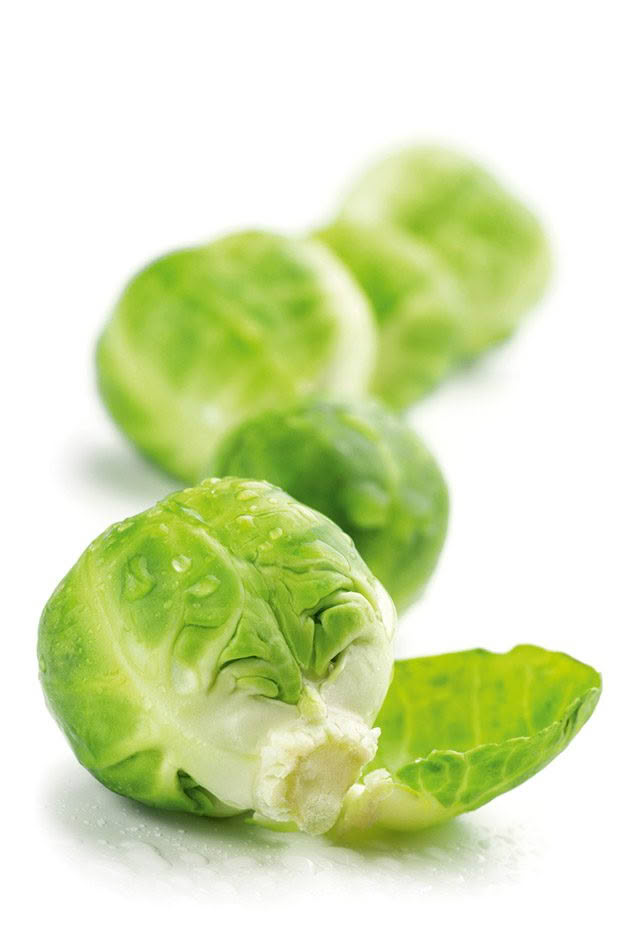
To ensure a good harvest, prepare the soil, plant winter crops as early as you can (for some vegetables, like Brussels sprouts, this can be January in South Island gardens), and stagger your planting – plant every two to three weeks – to keep harvests regular.
7. EXPERIMENT
Gardening in winter can be a matter of trial and error. If cabbages do not grow well in your garden, try Brussels sprouts or cauliflower. If your region always gets a few winter frosts, try a hoop system over your garden rows.
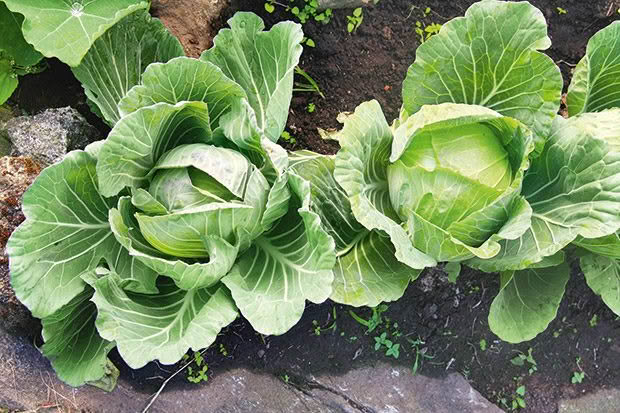
MORE HERE:
The 10 best lettuces for the healthiest 365-day salad supply
Recipe: Michael Van de Elzen’s Warm Autumnal Salad with Roasted Buttercup and Vine Tomatoes
New Zealand growing guide: 9 tips for your best-ever broccoli crop
Love this story? Subscribe now!
 This article first appeared in NZ Lifestyle Block Magazine.
This article first appeared in NZ Lifestyle Block Magazine.
